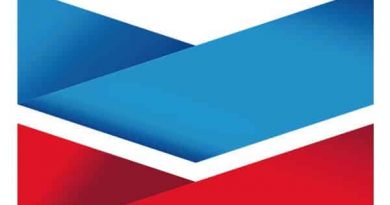White Paper: Building the Innovative Organization
As we, in Designorate, try to provide useful resources for designers and design managers. We would like to introduce to you our first white paper resource, Building the Innovative Organization: A Select Literature Review of Key Factors of Organizational Innovation and Their Impact on Employees. This white paper is written by our contributor author and editorial member, professor Timothy C. Ruger. You can download the white paper by clicking the link available at the end of this introduction. Also,this white paper can be cited using the below format:
Ruger T. (2015) Building Innovative organization. Designorate. [Online] Available from: https://www.designorate.com/white-paper-building-the-innovative-organization/ [Access date]
There is no doubt that innovation is a key source of growth and significant determining factor for today’s rapid-changing and digitally advancing organization in relation to competitive advantage and market survival. From academicians to pop business advice and chatter on the internet, innovation is the key way to adapt to the protean global market. The literature is vast and accumulating as a discipline in itself within business: innovation management.
As noted by Birkinshaw, et al (2008) research in innovation is derived from diverse sources and disciplines as well as particular perspectives of inquiry: Strategy, Culture, Leadership, Organizational Structure, External/Environment Links, to name a few. To achieve innovation, most agree, there are needs for the coordinated efforts of many key personnel, as well as the necessity for integration of work activities across all domains of knowledge, specialist functions, and contexts of routines and applications. In addition, an organization’s climate, culture, resources and skills, structure, leadership style and systems are all factors which affect the creativity an organization possesses which lead to innovation (Andriopaulose, 2001). As Khandwalla & Mehta (2004) have stated innovation-friendly modes of strategy, structure, management styles and support are all essential factors for innovative success. The underlying assumption is that innovation requires innovation.
![]()
Though this seems a tautology at a surface level, it is not. Re-innovating requires fundamental changes to an organization’s structure, strategy, and culture. Usual prescription of achieving innovation are from the ground up –focusing on flexibility, open communication, a dismantling of hierarchies with the establishments of collaborative and creativity communities of creativity and innovation.
As Van de Ven, et al (1999) in The Innovative Journey describe: organizational creativity is fundamental to the innovation process. As a pre-condition, the ability of an organization to innovate is the successful foundation to utilize new technologies, novel processes and products, inventive resources and services. Conversely, the introduction of these changes often present complexity and challenge for organizations which lead to emerging new organizational practices and forms. In addition, as Ahmed (1998) has fundamentally assessed: innovation is the basic engine of change, especially in today’s highly digital, rapid-paced and shifting environment. Change brings complexity, uncertainty, risks and other potentially dangerous variables into an organizational assessment, but it also brings great opportunity and a chance to survive in a volatile and frenetic often technological market.
Technological innovations are intimately related to organizational changes. As early as 1942, Schumpeter envisioned innovation as “creative destruction” in which organizational changes, new products and processes, as well as routines and services are being set in place simultaneously with the dis-mantling of the old. This process of innovation is considered as a built in factor of capitalism –innovation being a dialectical process inherent to business, if it is to survive. Incessantly, organizational modes and structures are destroyed, while new ones are being built.
The questions which are particularly relevant to this essay are two-fold: How does one build an innovative organization? What impact will this innovative culture have on employees? To this end, a select literature review will be assessed focusing on prescriptive advice in establishing an innovative organization drawn from academic research, surveys, and organizational white papers addressing this theme. This will be followed up with a summary of possible effects on the employee within the innovative organization.
Download
About the author
Timothy C. Ruger is a contributing author and co-editor for Designorate. com. Holding a B.A. & M.A. from the University of South Florida, as well as being A.B.D. from Louisiana State University, he has taught business, communication studies, & English at USF and LSU, as well as a number of smaller colleges such as Culver-Stockton and Edison Community College. When not doing research and writing, he enjoys camping, swimming, playing guitar and home music studio recording.






